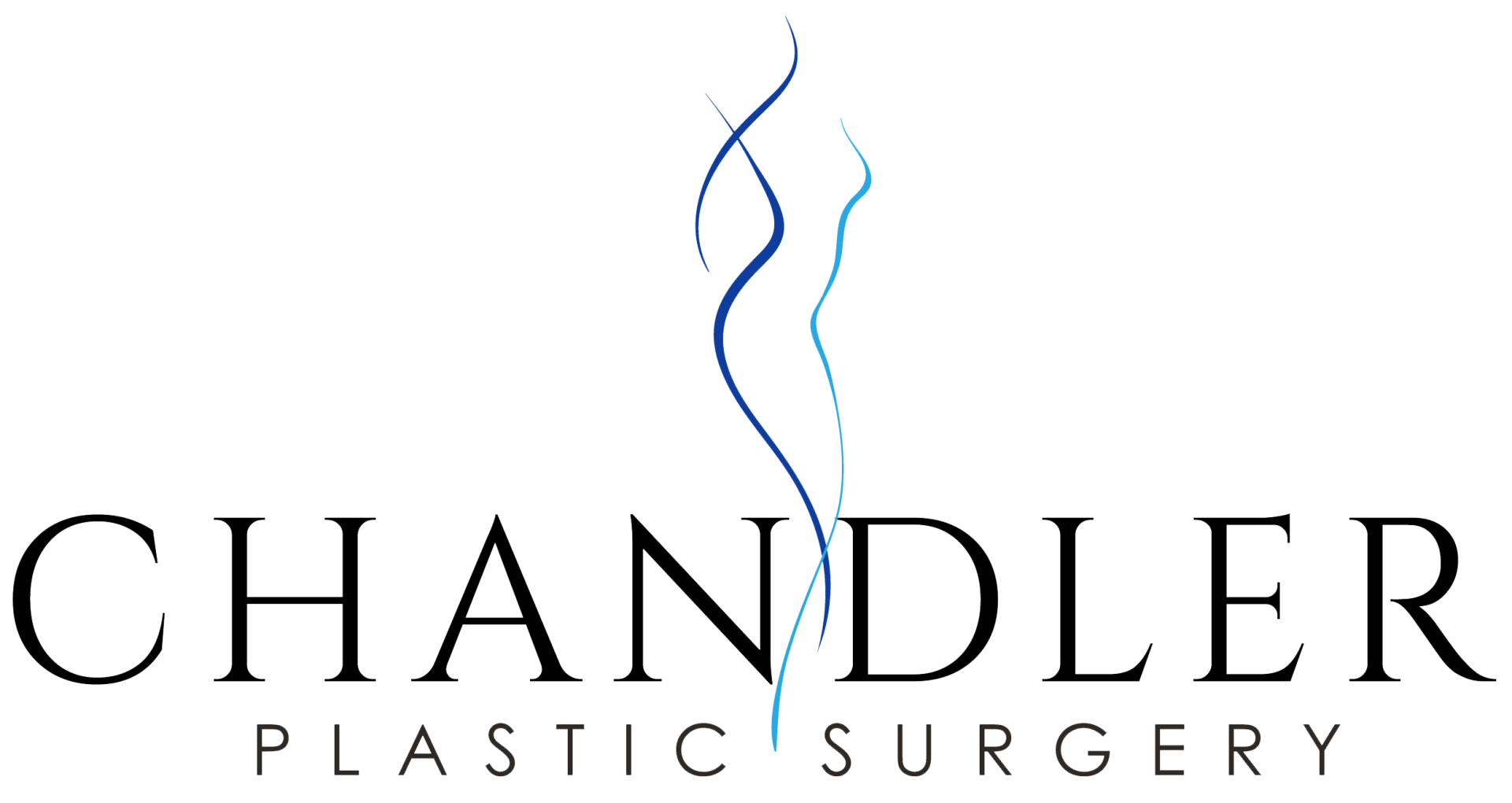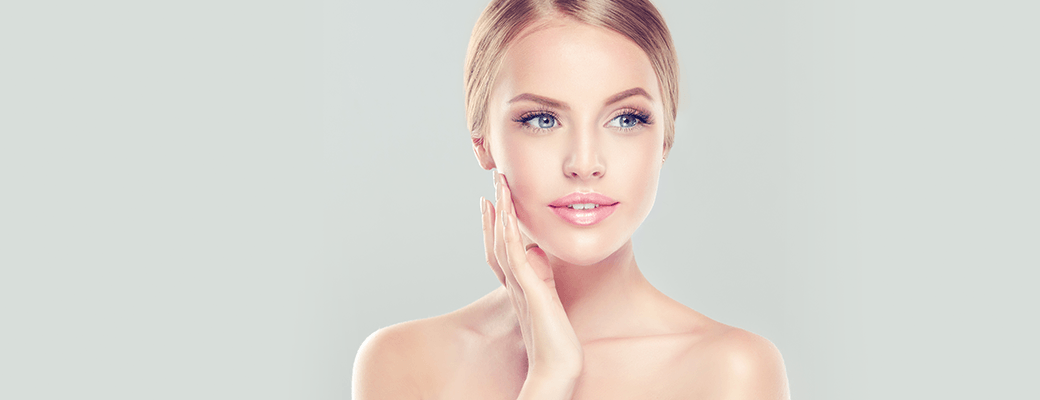Blog

With summer over and fall upon us, now is a great time to consider rejuvenating your skin with a peel. Are you seeing signs of sun damage - or do you have fine lines and wrinkles you’d like to minimize? TCA peels (trichloroacetic acid) can be applied in varying strengths and be spread out over a few weeks. These medium to deep peels can address multiple skin concerns while leaving your skin refreshed. Stronger than a superficial glycolic peel, TCA peels are an excellent choice if you are looking to diminish brown spots, acne scarring, melasma or large pores. You can treat the whole face, cheeks, a problem area or the lower eyelids - Dr. Chandler’s most common request. An important factor to keep in mind when scheduling a TCA peel is preparing for the recovery time; you will have redness and sometimes mild peeling for up to 2 weeks. Allow yourself a sufficient amount of time if you plan the TCA peel before a big event. You may have to pause some medications, such as retinol or salicylic acid, prior to your peel as well. Be sure to avoid using any harsh exfoliators on your face a few weeks before your appointment. Wash your face with gentle, gel cleansers instead. TCA peels can be applied without anaesthetic. A very mild stinging is experienced for only a few minutes before the peel is neutralized. You will then be given detailed instructions regarding aftercare for your skin. During recovery you are also encouraged to go about with light activity and to limit excessive, strenuous exercise. It’s important to have patience as your skin will be red and you may have some swelling. Within a week, you will see the “new”, brighter skin start to emerge as the chemically treated skin falls off; after the full 2 weeks, your skill will feel revived and have a youthful glow. It’s imperative to follow Dr. Chandler’s advice and instructions post-peel. Sun exposure should be avoided as much as possible. During recovery, take the right precautions and stay out of the sun, wear sunscreen, and avoid use of facial exfoliants. TCA peels can be administered every few months to have your skin looking and feeling its best. Many patients are extremely satisfied with their results and continue with maintenance TCA peels as a part of their skin care regime.
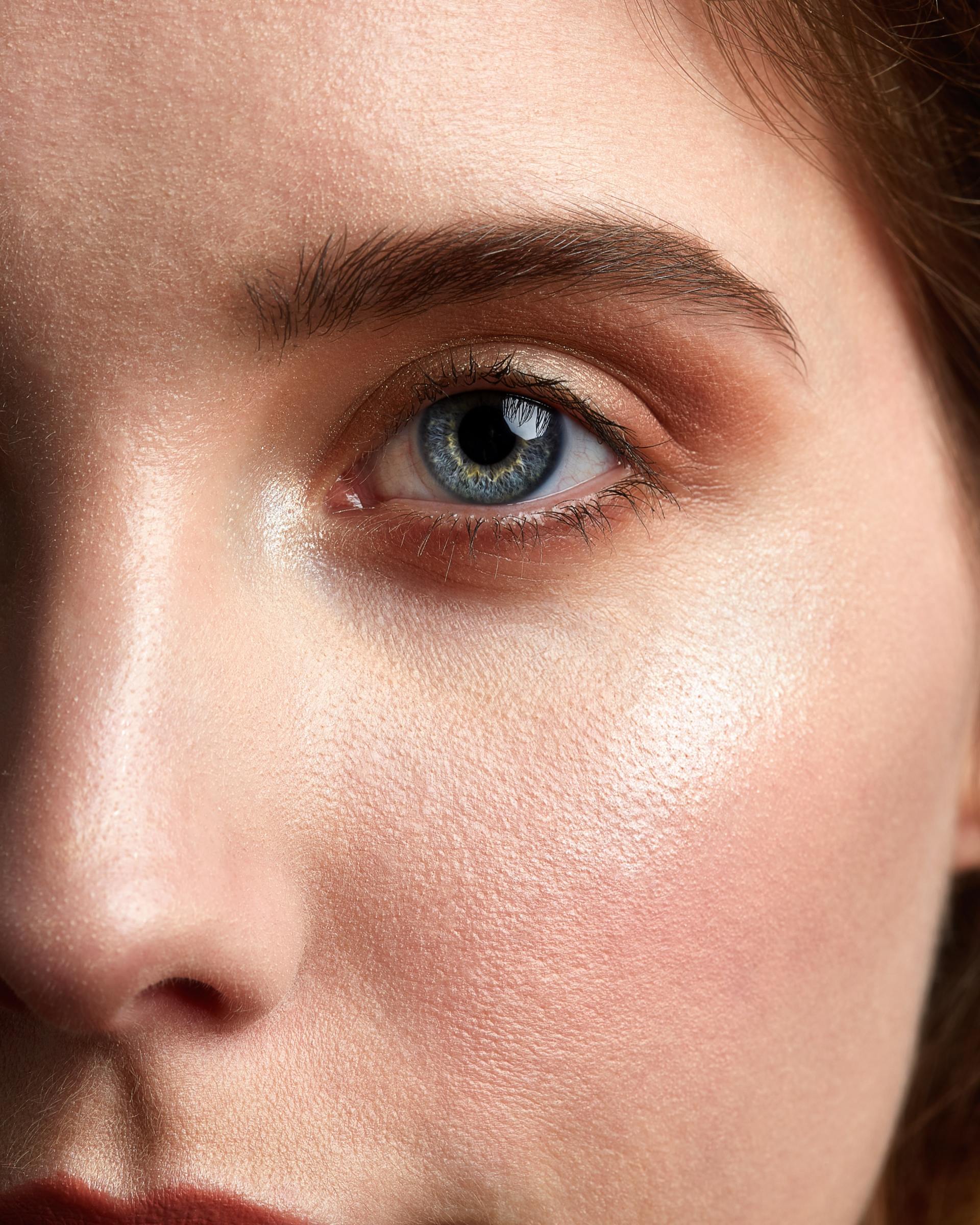
Surgical procedures like a facelift and neck lift will improve the appearance of the lower face, including the jowls, nasolabial folds and jawline by removing excess skin and tightening the underlying facial architecture. While a well-maintained skin care regimen is helpful in optimizing the appearance of the skin before surgery, the surgical procedures themselves have no effect on improving skin quality. Patients with poor skin quality may have a suboptimal aesthetic result, regardless of the surgical technique. What is Poor Skin Quality? Thin skin Abnormal pigmentation Large pore size Scarring Rough texture Patients with skin quality concerns may consider other methods in conjunction with surgery to improve skin quality. Many different methods exist, including advanced skin care, chemical peels, dermabrasion, laser therapy, radio frequency skin tightening, autologous fat grafting and microneedling. While all treatments will have some effect on improving skin quality, they have different modalities and indications. Microneedling vs. Chemical Peel – Which is Right for Me? Microneedling and chemical peels have different mechanisms of action and act at different levels in the skin. Microneedling was originally used for post-acne scarring. It works by breaking down scar tissue with fine needles to stimulate healing and new collagen production at the level of the dermis (deeper), without disrupting the integrity of the superficial (epidermal) layer of skin. Microneedling is effective against deep and fine wrinkles, post-acne scarring and also has a tightening effect on the skin. It is extremely effective against the vertical lines above the red upper lip. Learn more about microneedling here! Chemical peels, on the other hand, act more superficially by chemically exfoliating the skin, removing the top layer of damaged skin cells to rejuvenate the skin. Chemical peels are effective against more superficial skin issues, like fine lines and wrinkles, brown spots and other discoloration from sun damage, and has some effect against acne scarring. It leaves the skin looking healthier and more refreshed. Learn more about chemical peels here! The right choice for you depends on your skin quality concerns. If you have post-acne scarring, deeper wrinkles, or vertical lines upper lip lines, then microneedling is the right choice. If you have large pores, discoloration from sun damage, uneven skin texture, blackheads or skin congestion, then a chemical peel is probably the more appropriate choice. Nanofat Grafting “Nanofat” grafting is a unique technique of harvesting and processing fat in order to create a form of injectable fat that can be injected through fine needles into delicate areas of the face while simultaneously isolating stem cells and growth factors, called the “stromal vascular fraction” of fat. These stem cells and growth factors trigger cell growth and increase collagen and elastin in the skin, leading to thicker, healthier looking skin. The potential effects are long-lasting, with potential continued improvement over many years. What are the potential visible effects of nanofat grafting? Softening of wrinkles Reduction in pore size Improved skin pigmentation Improved skin texture, softness and thickness Learn more about facial fat grafting here!

“Retinoid” is an umbrella term used to describe a family of ingredients chemically related to vitamin A. These compounds are well known for their anti-aging and anti-cancerous effects. Specifically, retinoids reduce the appearance of fine and course wrinkles, reduce discoloration that results from photo aging and improve skin texture resulting in smoother, brighter skin. The anti-cancerous properties comprise regression and reducing risk for precancerous lesions. There are both over-the-counter (OTC) retinoids and prescription retinoids available in various strengths and with different side effect profiles. Some are also used to treat acne.
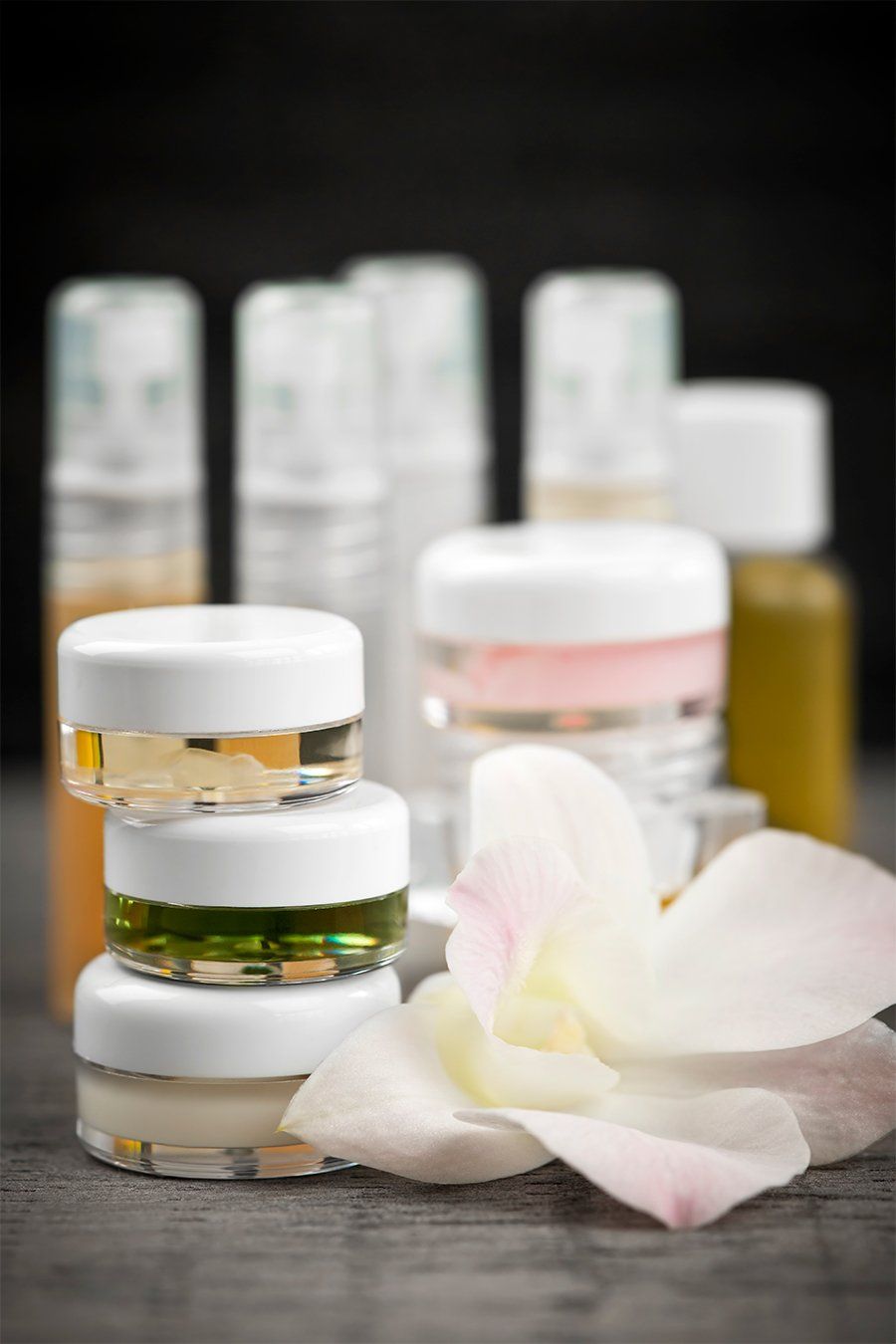
A skin care regimen doesn’t have to be complex, and you don’t need ten products to keep your skin looking healthy. You should have a regimen that works for you and that is simple enough so that you maintain it consistently. Thee four essential skin products that everyone should have in their regimen include a facial cleanser, a moisturizer, a retinoid product and a sunscreen.

